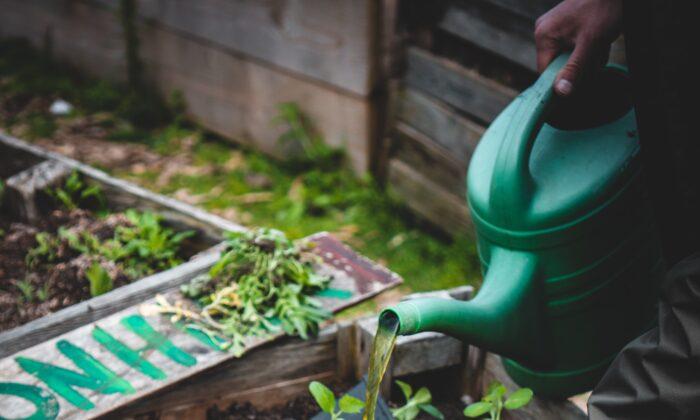How COVID-19 affected the cut-flower industry, and the ways it adapted to the pandemic to stay in business, so we could still buy fresh Spring and Summer blooms.
Despite the hardships that COVID-19 presented to us – the drastic pauses and changes –the gardening world wasn’t that affected. Apparently, the pandemic’s isolation methods resulted in a surge of at home gardening that was therapeutic to say the least, towards folks mental, emotional, and physical well-being.
Florist & Wholesalers vs. Supermarkets
Back in March of 2020, when COVID became what we know it to be now, and flower growers from North America, the Netherlands, Africa, and South America, faced reductions and loss of product due to mandatory closures across the world in an almost overnight time span.With no way to ship the flowers over, farmers were forced to destroy all their plant blossoms and put a hold on harvesting, and even planting new blooms since there was no end in sight to the global restrictions. But that didn’t stop the demand from rushing in.

With less inventory, getting the available flowers into the hands of customers became a huge challenge, considering the limited resources. South America was one of the only countries at the time, still able to ship flowers to America, following the pandemic.
However, those flowers were only being sold to local grocery store wholesalers, excluding other outlets including floral retailers. This made even just keeping the doors open for florists almost impossible. With little to no inventory, international shipping crippled, and the imports of certain goods having increased scrutiny, the pandemic did have a truly disastrous effect on the cut-flower industry.
“The traumatic moment was Friday, 13 March when the Dutch auctions collapsed,” she says. Demand at Royal Flora Holland auction house near Amsterdam, which normally imports and exports 40% of the world’s cut flowers, went “completely flat”.From my own personal experience working at Trader Joes, your friendly neighborhood grocery store, witnessing florists come in every morning and pick, pluck and pull, every rose, gardenia, eucalyptus, and bouquet assortment of the freshest flowers, became the norm for quite some time.
“You look at what happened with COVID where the entire floral industry, pretty much as a whole, for a matter of time, wasn’t able to bring in flowers [because] they weren’t considered essential business. So you have a grocery store that’s able to keep these guys afloat,” explains Maggie Meccia-Vogt, manager for plants and flowers at Trader Joe’s said in a January 2021 article.In other words, in many ways, Trader Joe’s saved the floral days!

Pandemic Gardening
Going about blooming blossoms the natural way, on the other hand, took a more revitalizing turn following the virus’s impact.Physically
Mentally and Emotionally
On top of the physical effects gardening has had on folks during the pandemic, there are also spiritual effects as well, with people turning to holistic ways of healing through these unprecedented times, especially amongst women.
Sowing Seeds

Owing to the oppressive restrictions to all outdoor activities we were used to, restaurants, bars, concerts, churches, and any venue where people gathered, being cut off, new ways of spending our free time were needed. This gave rise to the tremendous growth of home gardens and gardening in general. People were now planting flowers, growing their own herbs and veggies, and spending more quality time outdoors engaged with nature in ways they hadn’t before. Entire families could now work on a garden, and everyone could be involved, since parents were now home, and children were also being home schooled, due to the pandemic.
Despite the hardships COVID-19 presented to us, the outdoors has our attention now more than ever!
And as we enter into the prime of pretty flowers this summer, let the lessons of this past year encourage us to keep growing!




